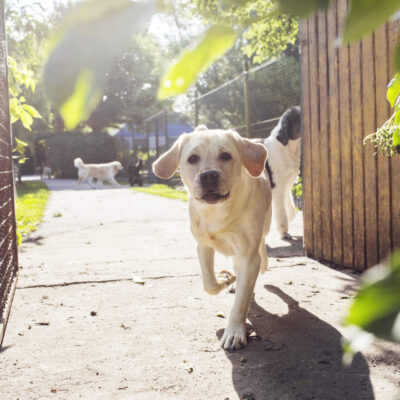If your dog has experienced either a minor tear or a complete rupture of its ACL, you may be looking for a variety of treatment options. Surgery may be the most appropriate course of action, and even if surgery occurs, it may be well worth considering Adequan in your treatment plan. Although not originally intended…
Should My Dog Use Adequan For a Cruciate Ligament Injury?









